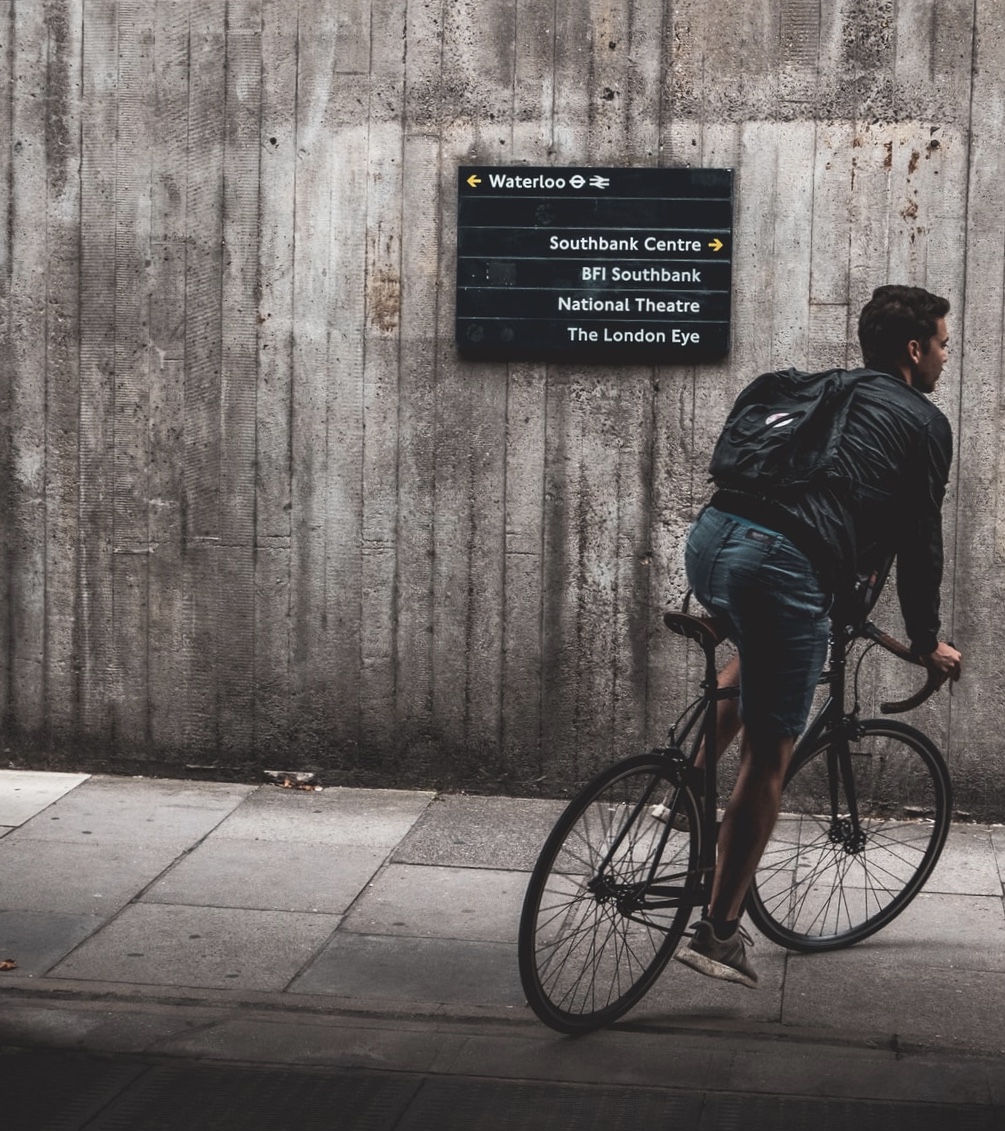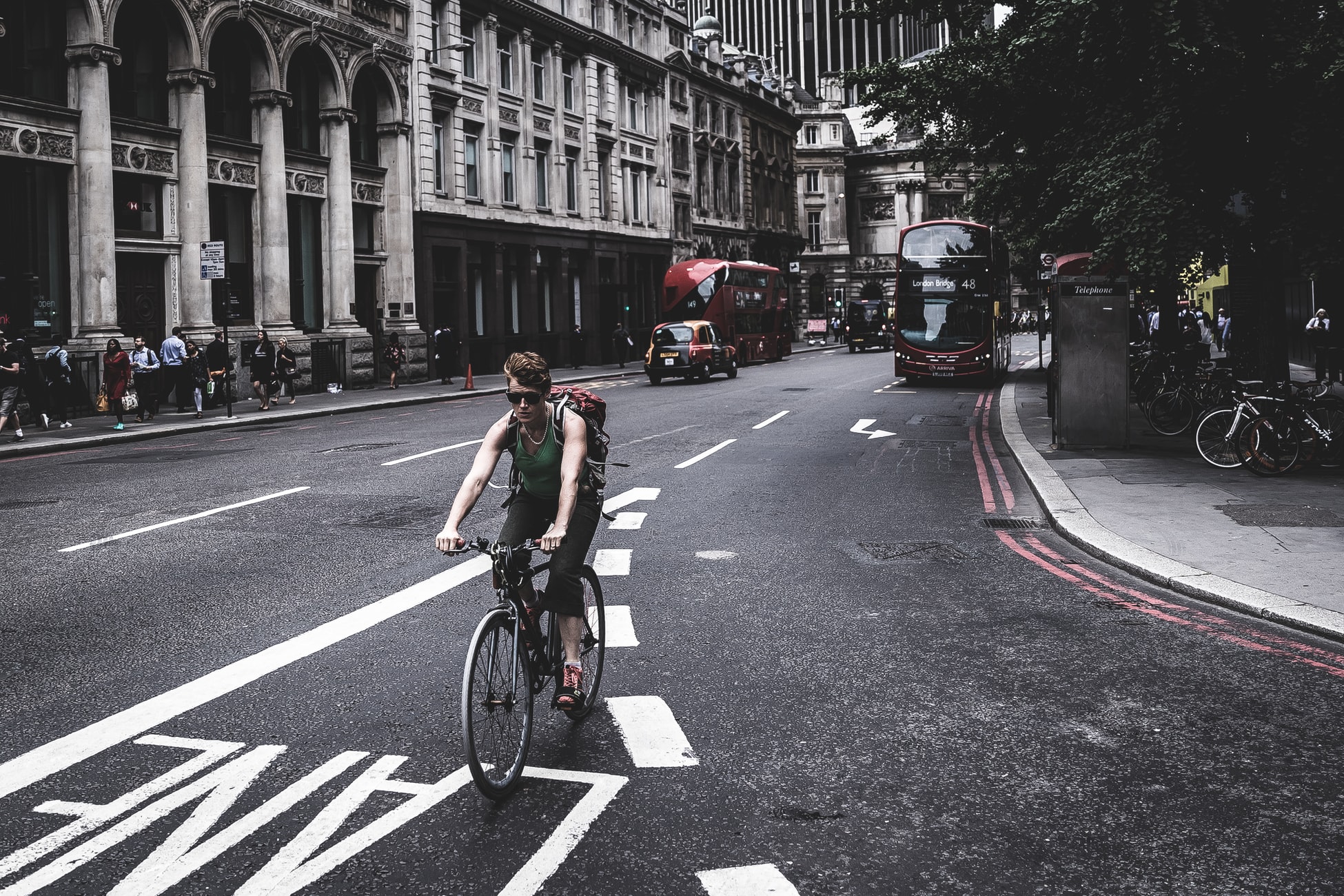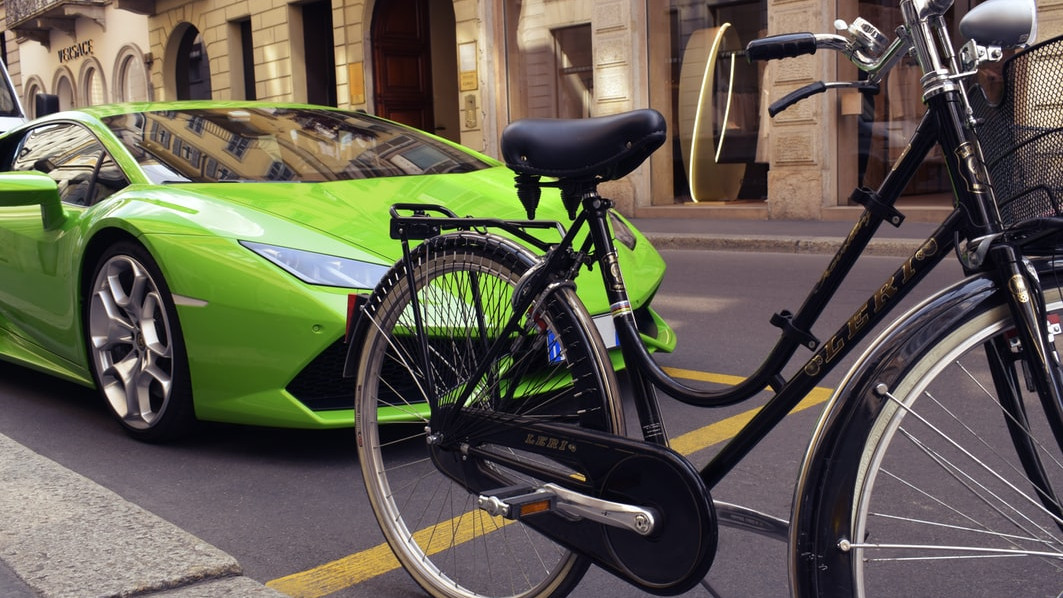
- Sustainable Planet -
- 4mins -
- 376 views
London to be “overhauled” for walkers and cyclists post-lockdown
Cycling in the capital could increase ten-fold says mayor Sadiq Khan, announcing pedestrian and bike-friendly plans for a post-lockdown London.
Cycling in post-lockdown London could increase ten-fold says mayor
The Mayor of London, Sadiq Khan, has announced plans to overhaul the city’s streets to encourage more people to walk and cycle when the lockdown is eased.
Khan’s London ‘Streetspace’ initiative paves the way for the rapid construction of a temporary cycling network to give commuters an alternative to public transport, which will have less capacity after the lockdown as the public maintains a distance of two metres apart, in accordance with guidelines to the prevent the spread of coronavirus.
The initiative also promises to transform town centres:
- making pavements wider to allow people to socially distance and queue for shops,
- and to create new low-traffic neighbourhoods so people feel more confident walking and cycling in the suburbs.
The mayor’s office says the new measures could boost cycling ten-fold in London. Although they are initially intended to be temporary, the changes will be reviewed by Transport for London (TFL) and could become permanent if they are deemed successful.
“Many Londoners have rediscovered the joys of walking and cycling during lockdown and, by quickly and cheaply widening pavements, creating temporary cycle lanes and closing roads to through traffic we will enable millions more people to change the way they get around our city,” said Khan.
Source: Positive.News

Now is the time to take positive action
The Streetscape initiative accelerates the trend for making cities more accessible for pedestrians and cyclists and less convenient for motorists. An article in Positive News reported last month, Birmingham, Brighton and York are amongst the cities designing private vehicles out of urban areas in a bid to improve air quality, reduce carbon emissions and reclaim the public realm for people.
London has invested heavily in cycle infrastructure in recent years, which has corresponded with a record rise in the number of miles being travelled in the city on two wheels. Nevertheless, the capital has been criticised for being too slow to embrace cycling.
Now is the time to take positive action that will give all Londoners a cleaner city to live and work in
Campaigners have cautiously welcomed the new Streetscape initiative and are calling on the mayor’s office to make the changes permanent.
“Large numbers of Londoners have already taken to cycling for essential travel and exercise during lockdown; the demand is there,” said Dr. Ashok Sinha, CEO of the London Cycling Campaign. “The mayor’s new Streetspace plan can and should be the start of a permanent transition to a greener, healthier and more resilient city.”
Giulio Ferrini, head of built environment at Sustrans London, said: “Now is the time to take positive action that will give all Londoners a cleaner city to live and work in. Bold actions from boroughs today can make a tangible difference to Londoners’ daily lives and will lead to a healthier, happier and fairer London as travel restrictions are lifted in the weeks to come.”
Source: Positive.News

Milan to turn 35km of streets over to cyclists and pedestrians to reduce car use after lockdown
The London mayor’s announcement follows news of Milan’s ambitious scheme to reduce car use post-lockdown. The Lombardy city so hard-hit by coronavirus announced last month that it is set to adopt one of Europe’s most ambitious schemes to reduce car use post-lockdown. In accordance with the new scheme, the city has declared that 35km of streets will be transformed over the summer with a rapid, experimental citywide expansion of cycling and walking space.
Important inclusions in the new move include low-cost temporary cycle lanes, new and widened pavements, 30kph/20mph speed limits, and pedestrian and cyclist priority streets. The locations currently chosen for the scheme include low traffic neighbourhood on the site of the former Lazzaretto, a refuge for victims of plague epidemics in the 15th and 16th centuries.
Milan is a small dense city, 15km/9.3 miles from end-to-end, with a population of 1.4 million people. About 55% of them use public transport to get to work and the average commute is less than 4km. This makes the city a suitable choice for a possible switch from cars to active modes of transportation.
Marco Granelli, a deputy mayor of Milan, said: “We worked for years to reduce car use. If everybody drives a car, there is no space for people, there is no space to move, there is no space for commercial activities outside the shops.
Of course, we want to reopen the economy, but we think we should do it on a different basis from before.”
“We think we have to reimagine Milan in the new situation. We have to get ready; that’s why it’s so important to defend even a part of the economy, to support bars, artisans and restaurants. When it is over, the cities that still have this kind of economy will have an advantage, and Milan wants to be in that category.”


